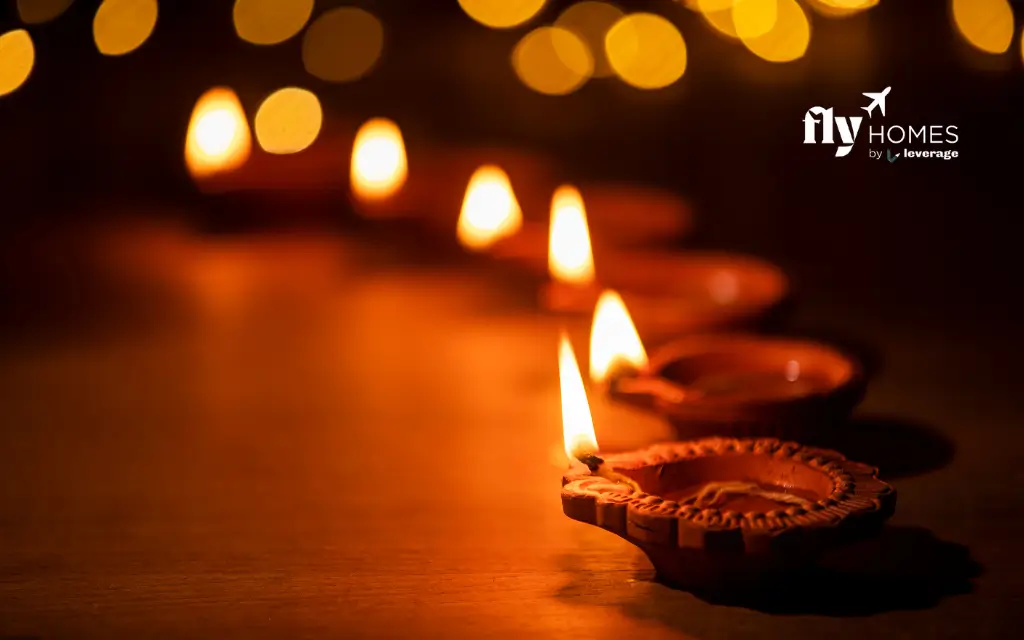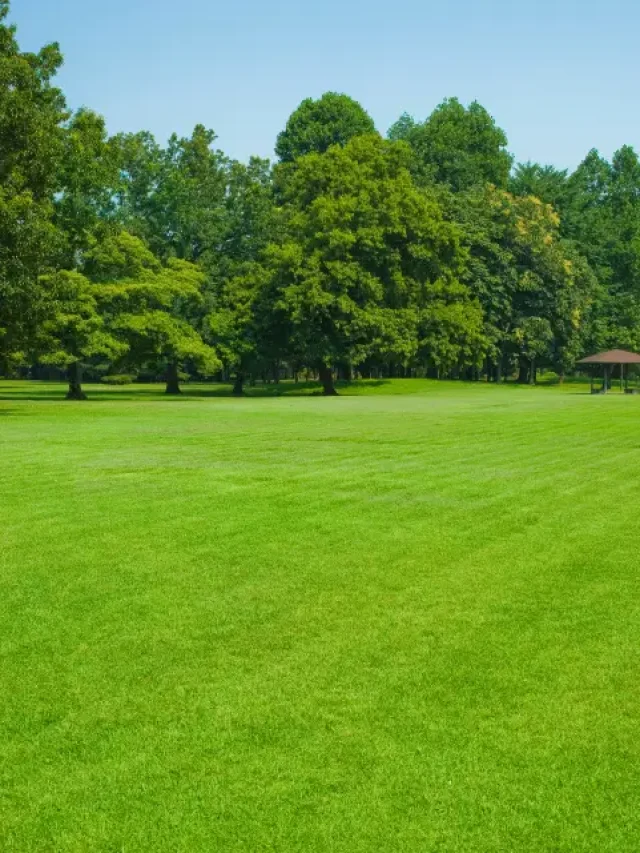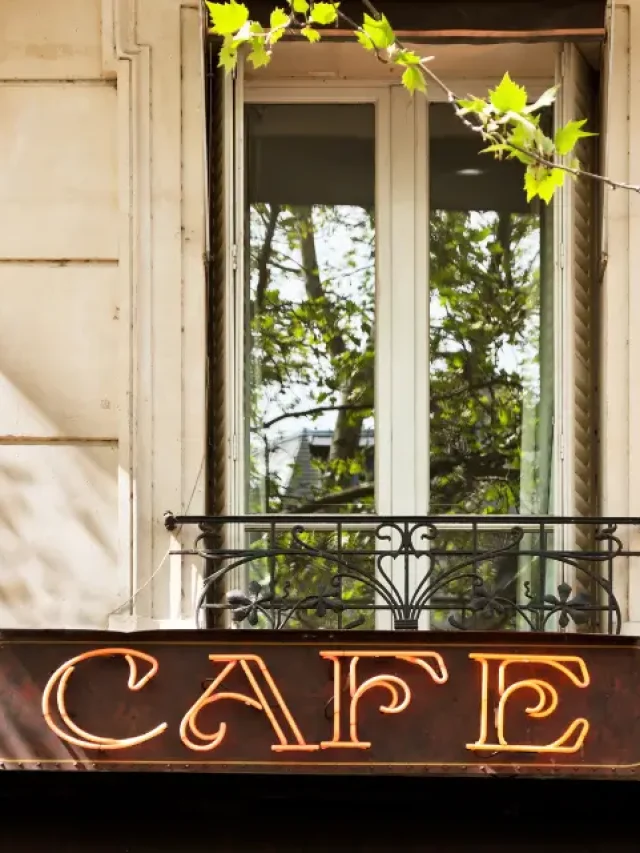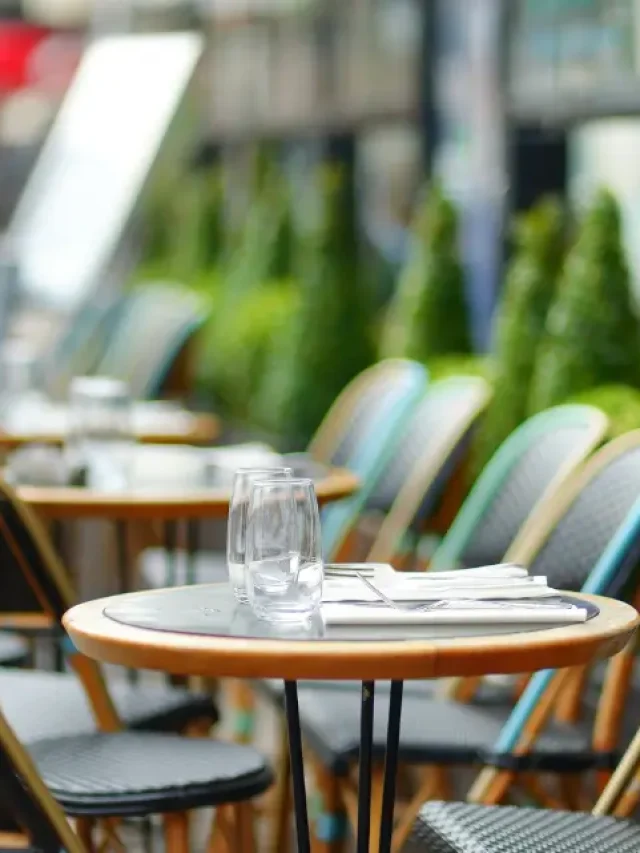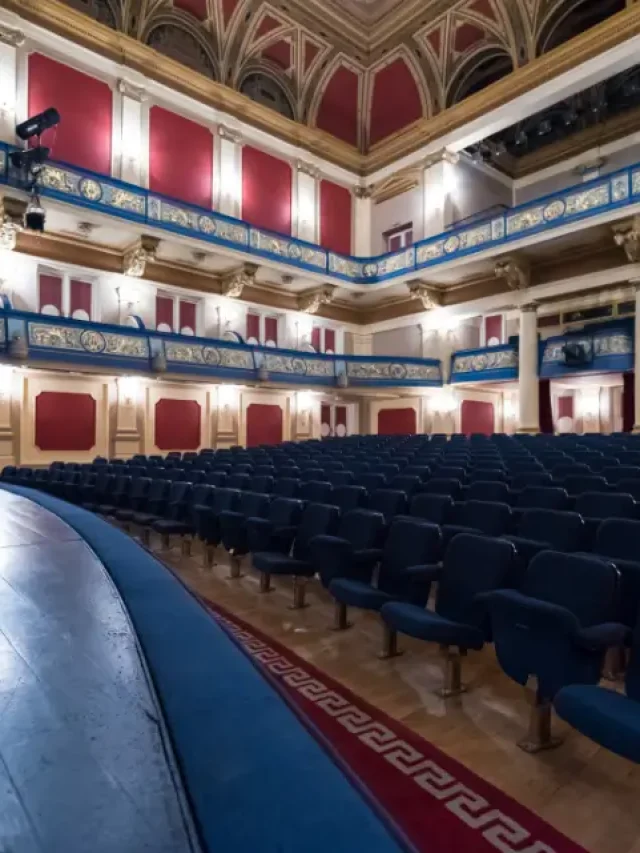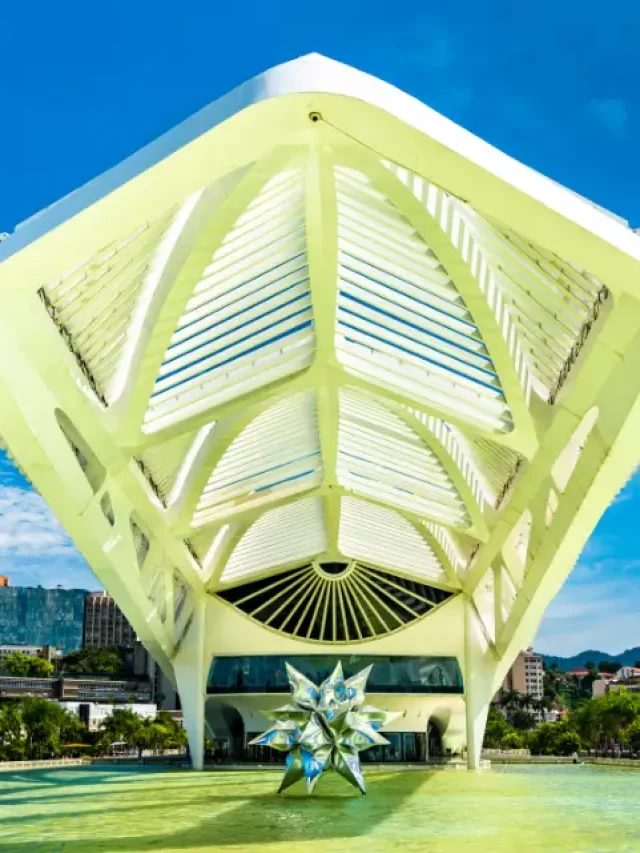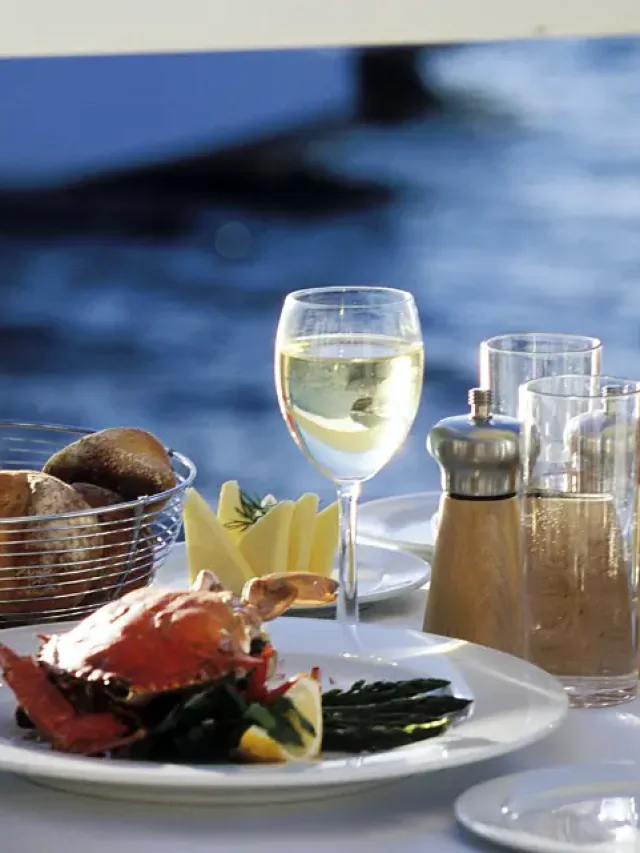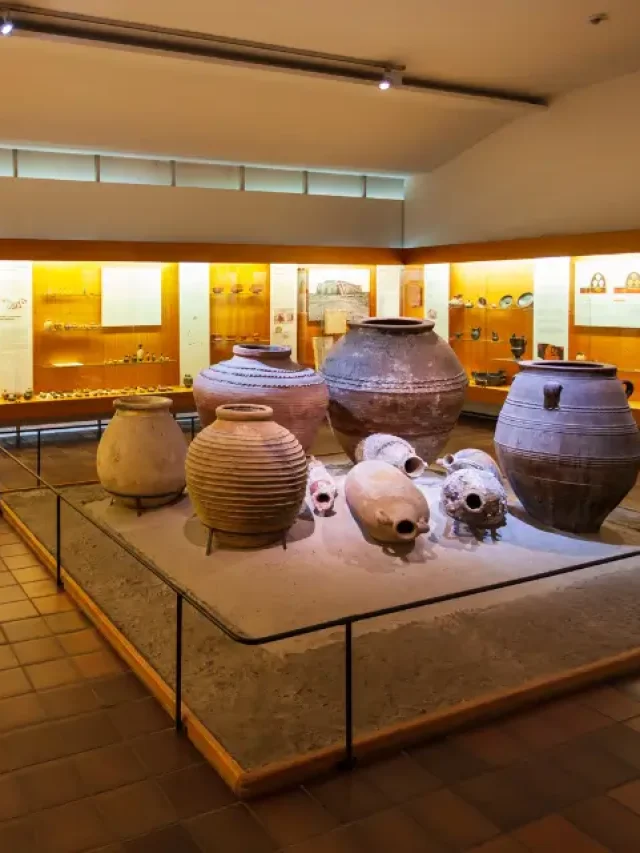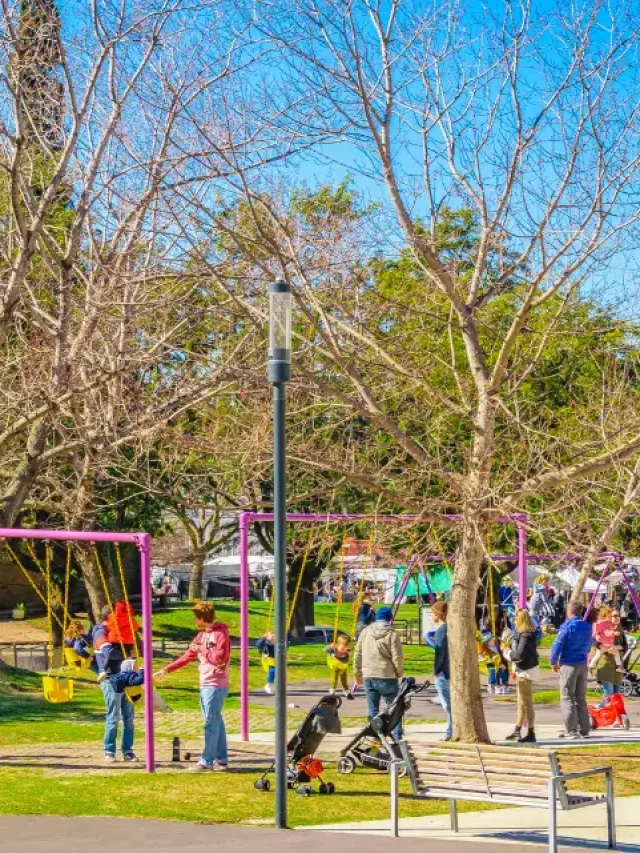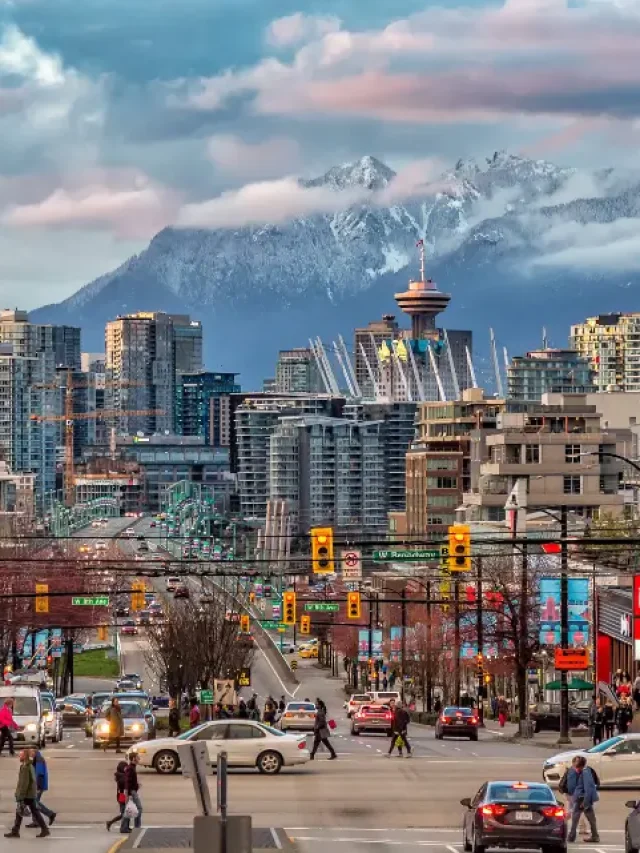The vibrant festival of lights is just around the corner and we can’t contain the excitement within. You can spot the colourful shops of rangoli, sweet shops, stalls with fireworks around and whatnot. Diwali, also known as Deepawali or Divali is one of the most important Hindu festivals celebrated every year according to the Hindu lunar calendar. However, there are many amazing facts about Diwali that you didn’t know about. So, without any further ado, let’s have a look at some of the most interesting facts about Diwali.
Table of contents
The History and Significance of Diwali
Diwali, also known as the Festival of Lights, is one of the most important and widely celebrated festivals in India. It symbolizes the victory of light over darkness and good over evil. The festival has deep historical and religious significance, with different traditions rooted in Hindu mythology and other religions.
Diwali and the Ramayana: Lord Rama’s Return to Ayodhya
One of the most well-known origins of Diwali comes from the Ramayana. According to the epic, Lord Rama, along with his wife Sita and brother Lakshmana, returned to Ayodhya after spending 14 years in exile and defeating the demon king Ravana. The people of Ayodhya welcomed them by lighting diyas (oil lamps), decorating their homes, and celebrating with joy. This tradition of lighting lamps continues today as a symbol of victory, hope, and happiness.
Diwali and the Mahabharata
Another significant story comes from the Mahabharata. The festival is believed to mark the return of the Pandavas after their 12 years of exile and 1 year of living in disguise. Their return was celebrated with lights and festivities, similar to Rama’s homecoming.
Association with Goddess Lakshmi and Lord Krishna
Diwali is also closely associated with Goddess Lakshmi, the goddess of wealth and prosperity. According to mythology, on the night of Diwali, Goddess Lakshmi emerged from the churning of the ocean (Samudra Manthan) and blessed the world with prosperity. This is why people worship her on Diwali night, seeking her blessings for wealth and success.
In some regions, Diwali is celebrated in honour of Lord Krishna’s victory over Narakasura, a demon who terrorized people. His defeat symbolizes the triumph of good over evil, reinforcing the deeper meaning of the festival.
Interesting Facts about Diwali
- Diwali is a major festival of Hindus but Jains and Sikhs around the world celebrate Diwali as well.
- The festival is celebrated on the fifteenth day of Kartik month.
- Diwali is derived from two Sanskrit words Deepa meaning lights and avali meaning rows. So, Diwali means rows of lights in Sanskrit. People light up diyas and arrange them in a row on their balconies and terraces. Many people also do Diwali lights decoration in their homes.
- For centuries, Hindus have celebrated Diwali. But in the modern days, it is also observed as a national holiday and the festival is now even celebrated by non-Hindus.
- Apart from India, Diwali is also celebrated in these countries- Fiji, Guyana, Malaysia, Nepal, Mauritius, Myanmar, Pakistan, Sri Lanka, Suriname, Singapore and Trinidad & Tobago.
- In the United Kingdom, Leicester celebrates Diwali on a huge scale. Students studying abroad decorate their dorm rooms with diyas.
- Goddess Lakshmi, the Hindu deity of wealth and prosperity is worshipped on this day.
- The festival also celebrates the return of Lord Rama and his wife Sita from fourteen years of exile after defeating the demon Ravana.
- People make delicious food and visit each others’ homes during the festival of Diwali.
- There is a tradition of cleaning the home before Diwali. It is believed that Goddess Lakshmi only comes in clean homes.
- Jaipur has a unique celebration of Diwali. There is a tradition called Mogra Mata ki Seva, where people offer jasmine flower garland to the goddess for happiness and prosperity.
- In Gujarat, Diwali marks the beginning of a new business year. Business owners do Chopda Pujan and seek the blessings of Goddess Lakshmi for prosperity in their businesses.
- The celebration of Diwali starts after Vasu Baras in Maharashtra. As per this tradition, married women worship cows and calves and seek blessings for their families.
- In Nepal, the festival of Diwali is known as Tihar and is celebrated to honour and worship dogs, cows and crows.
- In south Indian states, especially Karnataka, Diwali is celebrated as Naraka Chaturdashi. This celebrates the victory of Lord Krishna over the demon Narakasura.
- In Orissa, people light up diyas and worship Lord Shiva and Goddess Parvati and Diwali is celebrated as Kartik Purnima in this state.
- In Goa, Narakasur Night is celebrated on the day of Diwali, and huge effigies of the demon Narakasur are burned, which symbolises the victory of good over evil.
- The birthplace of Lord Rama, Ayodhya celebrates Diwali on a large scale. A million diyas are lit up creating a mesmerising view.
- In Tamil Nadu, people wake up before sunrise and take an oil bath which is believed to purify their souls and is also considered auspicious. Diwali is known as ‘Deepavali’ in this state.
- In Varanasi, Uttar Pradesh, the ghats of the river Ganga are lit up with many diyas and Ganga Aarti is then performed.
Also Read: Light up your home with these unique diya decoration ideas.
How Different Countries Celebrate Diwali
Diwali is not just an Indian festival—it is celebrated in many countries across the world, each with its own unique traditions. Let’s take a look at how different countries light up during this grand festival.
India: Grand Celebrations Across North & South India
In India, Diwali is the biggest festival of the year, celebrated with fireworks, diyas (oil lamps), sweets, and prayers.
- In North India, it marks Lord Rama’s return to Ayodhya, and homes are decorated with lights and rangoli. People perform Lakshmi Puja and exchange gifts.
- In South India, it is called Deepavali, and it is celebrated with an early morning oil bath, temple visits, and bursting crackers.
Nepal: Tihar – A Festival for Animals
In Nepal, Diwali is celebrated as Tihar, a five-day festival similar to India’s Diwali but with special rituals:
- Day 1: Crows are worshipped as messengers of death.
- Day 2: Dogs are honoured with garlands and food for their loyalty.
- Day 3: Cows are worshipped, and homes are lit with diyas.
- Day 4: Oxen are celebrated for their contribution to farming.
- Day 5: Bhai Tika, a special day for brothers and sisters.
Thailand: Loi Krathong – The Floating Lantern Festival
In Thailand, Diwali takes the form of Loi Krathong, where people float small decorative baskets (krathongs) on rivers. This symbolizes letting go of negativity and embracing good fortune. The sky is also lit up with beautiful lanterns, creating a magical atmosphere.
UK & USA: Grand Celebrations by Indian Communities
- Diwali is widely celebrated in the UK and USA, especially in cities with large Indian communities.
- The White House even hosts Diwali celebrations, recognizing its importance globally.
- In London, Trafalgar Square hosts huge Diwali celebrations, including music, dance, and food stalls.
- In the USA, cities like New York, San Francisco, and Chicago organize fireworks, cultural performances, and temple gatherings.
Eco-Friendly Ways to Celebrate Diwali for Students
Diwali is a time of joy, lights, and celebrations, but it also leads to pollution, waste, and excessive energy consumption. As students, you can make a difference by celebrating in an eco-friendly way. Here are some simple yet impactful ways to enjoy a green Diwali.
1. Say No to Firecrackers: Firecrackers cause air and noise pollution and harm animals. Instead, celebrate with flower petals, musical gatherings, and LED lights. This way, you keep the festive spirit alive without harming the environment.
2. Use DIY and Natural Decorations: Instead of plastic decorations, try:
- Rangoli with natural colours (turmeric, rice flour, flowers).
- Handmade diyas from clay instead of electric lights.
- Upcycled decor using old newspapers, glass jars, and fabric scraps.
3. Opt for Sustainable Lighting: Use LED lights instead of traditional bulbs, as they consume less electricity. Also, light earthen diyas with mustard oil, which are biodegradable and support local artisans.
4. Choose Eco-Friendly Gifts: Give plants, organic sweets, or handmade items as gifts instead of plastic-wrapped presents. You can also make personalized gifts like greeting cards, paintings, or baked goods.
5. Avoid Plastic and Reduce Waste
- Avoid excessive packaging while gifting.
- Use cloth bags for shopping instead of plastic bags.
- Serve food in steel or biodegradable plates instead of disposable ones.
Celebrate a Green and Responsible Diwali
As students, you have the power to make Diwali more sustainable and meaningful. Instead of bursting crackers that cause pollution, celebrate with lights, music, and quality time with family and friends. Choose eco-friendly diyas, natural rangoli colours, and handmade decorations to reduce waste.
Opt for LED lights to save energy and give thoughtful, sustainable gifts like plants or handmade crafts. By making small changes, you can protect the environment while still enjoying the festive spirit. This Diwali, let’s spread happiness, not pollution, and inspire others to celebrate in a greener and more responsible way!
FAQ
Diwali, also known as the Festival of Lights, is a Hindu festival that symbolizes the victory of light over darkness and good over evil. It marks Lord Rama’s return to Ayodhya after defeating Ravana and is also associated with Goddess Lakshmi’s blessings for wealth and prosperity.
Diwali falls on the Amavasya (new moon) of the Hindu month of Kartik, usually between October and November. The exact date changes every year based on the lunar calendar.
Diwali is called the Festival of Lights because people decorate their homes with diyas, candles, and colourful lights to celebrate the victory of good over evil. Fireworks and crackers add to the brightness of the festival.
Lakshmi Puja is performed to seek blessings from Goddess Lakshmi, the deity of wealth and prosperity. It is believed that she visits clean and well-lit homes on Diwali night.
The most popular story is that Lord Rama returned to Ayodhya after 14 years of exile and defeated Ravana. People celebrated by lighting lamps and bursting crackers. Other stories include Goddess Lakshmi’s birth and Lord Krishna’s victory over Narakasura.
People prepare and share sweets like laddoo, barfi, jalebi, gulab jamun, and kaju katli. These treats symbolize happiness and prosperity.
Rangoli is a colourful floor decoration made with powdered colours, flowers, or rice. It is believed to welcome Goddess Lakshmi and bring good luck.
Many businessmen start their new financial year on Diwali, as it is believed to be an auspicious time for success and wealth.
Yes, Diwali is celebrated in many countries, including Nepal, Sri Lanka, the UK, the USA, Canada, and Malaysia, where large Indian communities live.
To celebrate an eco-friendly Diwali, people can use earthen diyas, avoid firecrackers, decorate with natural flowers, and donate to the needy instead of spending on extravagant celebrations.
That was all about the interesting facts about Diwali. For booking the best student accommodation abroad to start your study abroad experience you can contact Fly Homes at 1800572118.
Follow Us on Social Media
